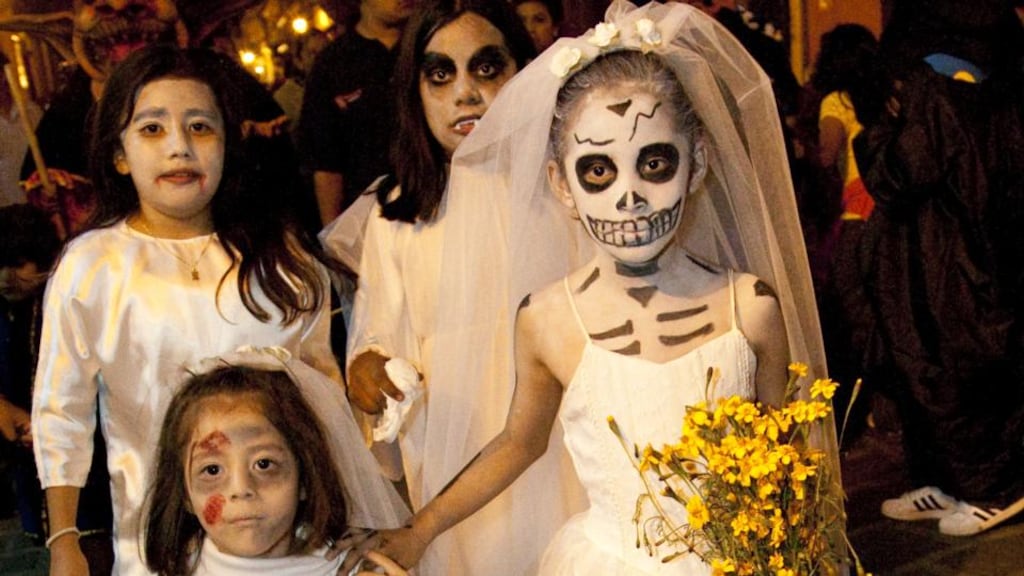
A man promises his dying mother that he will seek out the father he has never met. It sounds simple, a quest that must be honoured, yet it is far more complicated than that. No one could predict what is about to happen. This extraordinary little postmodernist novel, choreographed like a verse drama taking place in a hall of mirrors, testifies not only to the enduring genius of the Mexican writer Juan Rulfo (1918-1986) but also to the art of storytelling and the versatility of narrative, the potential of which few writers explore. Rulfo did, though, venturing to majestic levels of understated surrealism in Pedro Páramo.
It all begins with deceptive simplicity. Rulfo knows how to beguile a reader, then unleash a mesmeric torment so compelling that, on reaching the final sentence, one returns to the first.
Juan Preciado recalls how he squeezed his mother’s hands: “She was near death, and I would have promised her anything.” Sometime earlier she had told her son not to ask his father for anything. “Just what’s ours. What he should have given me but never did . . . Make him pay, son, for all those years he put us out of his mind.”

Just when one is on the side of the dutiful narrator he admits that he had no intention of keeping that deathbed vow. “But before I knew it my head began to swim with dreams and my imagination took flight. Little by little I began to build a world around a hope centered on the man called Pedro Páramo, the man who had been my mother’s husband.”
His insistent thoughts decide the narrator on heading for Comala, “the town of my mother’s memories, of her nostalgia – nostalgia laced with sighs. She had lived her life sighing about Comala, about going back. But she never had.” His first sighting is disappointing – the place looks rundown – and he asks a burro, or donkey, driver he meets on the road if it is the right town. On hearing that it is, he then volunteers that he has come to find his father. It turns out that the stranger is another of Páramo’s many sons and that Páramo, described as “living bile”, has been dead for years.
As the two strangers – brothers – part, the burro driver advises Preciado to find a woman named Dona Eduviges, “if she is still alive”, and says to tell her who has sent him.
Alone in the deserted street, Preciado asks a passing woman for directions. He notices “that her mouth was filled with teeth and a tongue that worked as she spoke, and that her eyes were the eyes of people who inhabit the earth”. Such a casual encounter would not be expected to have inspired such an extreme image, but this is only the beginning.
Dona Eduviges has been expecting him, although she has heard of his arrival only that day, and explains, “I didn’t get word from your mother until just now.” When the narrator tells the woman that his mother is dead, the reply is unsettling. “So that was why her voice sounded so weak, like it had to travel a long distance to get here. Now I understand . . .”
More voices take over the telling of the story of the ghost town that was formerly terrorised by Páramo, a ruthless tyrant who took everything, including every young girl. The one son he did acknowledge, a copy of his own perverted self, died in a fall from his stallion, an accident that leaves the horse demented with guilt.
Nothing is normal, and the variety of speakers, offering a mix of memory and experience, bring to mind Dylan Thomas's radio drama Under Milk Wood (1954), as well as carrying echoes of William Faulkner.
The tenses change with the viewpoints. Páramo’s wooing of the narrator’s mother was no more than a calculated plot to grab her estate. His true passion was for Susana, who by the time he acquired her had already loved another man, losing her mind after his death.
Páramo’s reign of terror also ran parallel with the revolutions that tore Mexico apart. Preciado represents the familiar literary figure of the wanderer who becomes absorbed into the ongoing nightmare. At one point he again assumes centre stage. By now he is wary of mentioning Páramo’s name, so he merely admits to having come to look for his father. A couple beckon to him and invite him inside. “I went in. Half the roof had fallen in on the house. The tiles lay on the ground. The roof on the ground.”
Preciado asks of the couple, “Are you dead?” In reply they say, “We heard someone moaning and butting his head against our door. And there you were. What happened to you?” He is bewildered and admits to just wanting to sleep.
The town is full of the dead, yet they appear to be suspended in a state of living death. Their communal history remains vivid, and the translation conveys the offbeat tone of laconic resignation as well as the lightness of touch, the near whimsy amid the violence and brutality, as in a loaded image of a girl being forced, on her father’s orders, to explore a hole in the ground.
It is as if Rulfo is exploring the meaning of purgatory. Preciado describes becoming aware of a whispering, “a constant buzzing like a swarm of bees . . . I could hear the almost soundless words ‘Pray for us’ . . . At that moment, my soul turned to ice. That’s why you found me dead.” It is not clear if he has died of fright or merely by becoming complicit in the shared hell.
Hope is revealed as a dangerous illusion. “Hope brought me here,” Preciado says, only to be told by one of several interesting female characters, “Hope? You pay dear for that. My illusions made me live longer than I should have . . . Now that I’m dead I’ve had time to think and understand . . .”
It all may sound fatalistic, yet this is a deeply philosophical work. Páramo is a most sophisticated study of the macho villain. He succeeds in becoming sympathetic when he thinks, as his heart stops, “So there won’t be another night.” Also fascinating is the way in which Rulfo alludes to the corrupt passivity of the Catholic Church. But most powerful of all is the representation of the Mexican belief in the dead as remaining very much among the living. Many rural Mexicans view the dead as invisible presences, penitent, unabsolved – rather than unrepentant – and powerful.
Rulfo only left one collection of short stories and this breathtaking novel. With its vision of our world as a vision of another world, Pedro Páramo, first published in 1955, secures his legacy. Preciado's revenge quest blows up in his face; he is defeated. Influencing Gabriel García Márquez (whose foreword is included in this edition) and predating Günter Grass's The Tin Drum, Rulfo's masterpiece remains one of the great works of the 20th century, a novel that lives and breathes in all its many ironies, and the most satisfying way to experience it is to continue rereading it, listen to the voices and hear the sighs.











